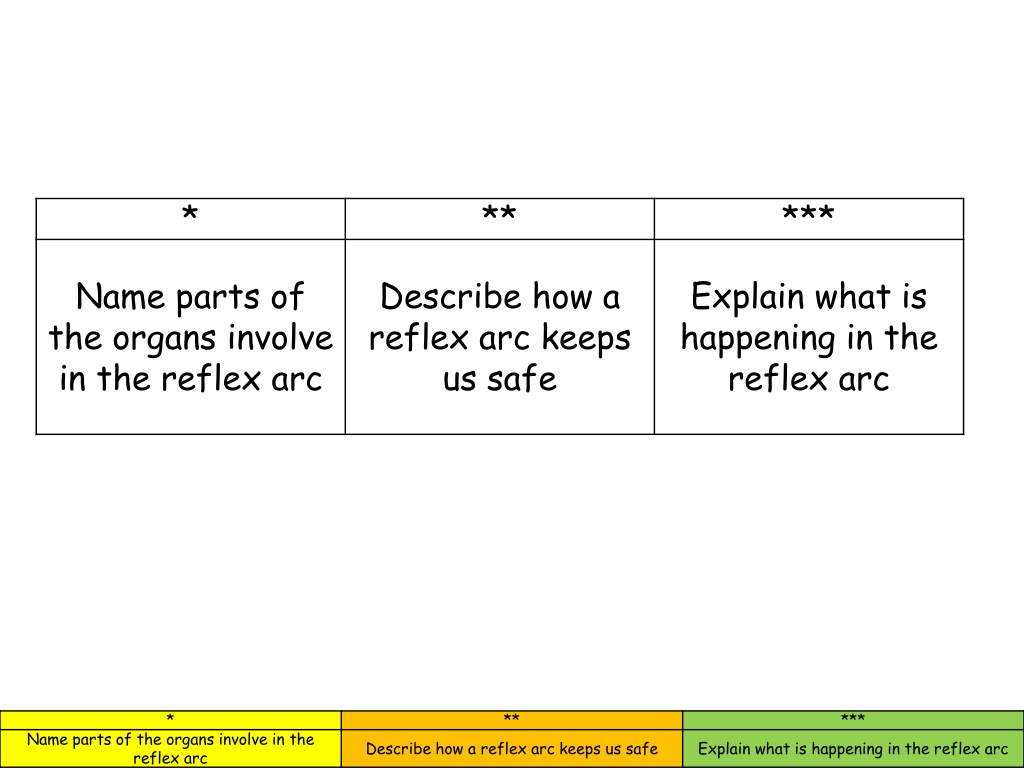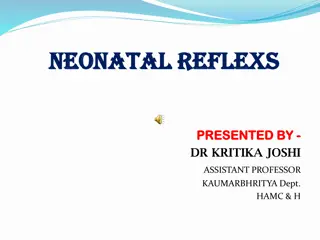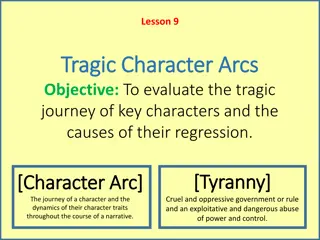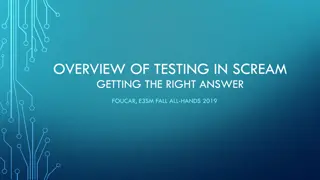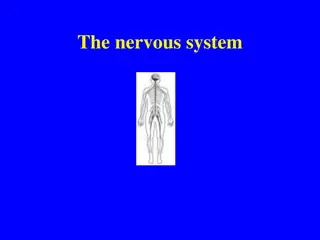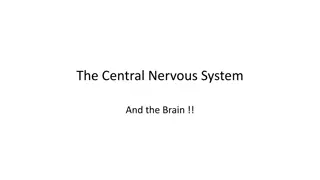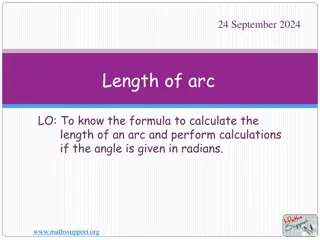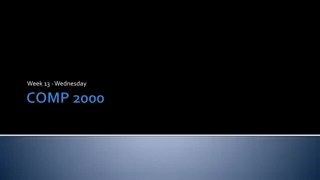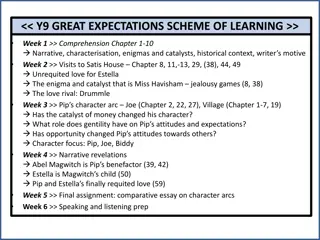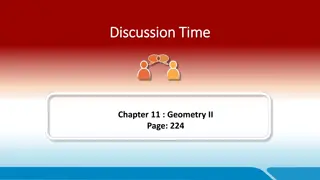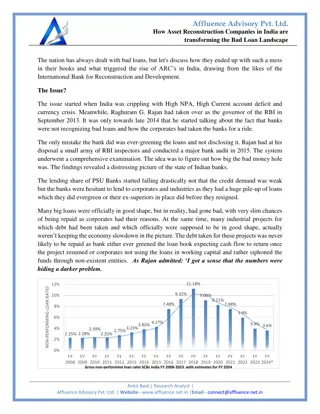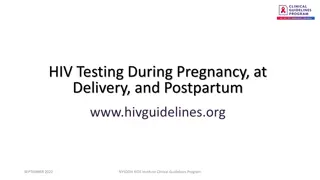Reflex Arcs and Testing Responses for Safety
Explore the reflex arcs involving organs like the eyes, hands, and feet to understand how they keep us safe. Learn about reflex responses such as pupil constriction, blinking, Hoffman response, and Babinski reflex, which help protect us from harm. Test these reflexes to assess their functionality and ensure our well-being.
Download Presentation

Please find below an Image/Link to download the presentation.
The content on the website is provided AS IS for your information and personal use only. It may not be sold, licensed, or shared on other websites without obtaining consent from the author. Download presentation by click this link. If you encounter any issues during the download, it is possible that the publisher has removed the file from their server.
E N D
Presentation Transcript
* ** *** Name parts of the organs involve in the reflex arc Describe how a reflex arc keeps us safe Explain what is happening in the reflex arc * ** *** Name parts of the organs involve in the reflex arc Describe how a reflex arc keeps us safe Explain what is happening in the reflex arc
Testing your reflexes * ** *** Name parts of the organs involve in the reflex arc Describe how a reflex arc keeps us safe Explain what is happening in the reflex arc
Check your pupillary reflex by looking at your pupils in a mirror, noting the size. Dim the lights for two to three minutes. Turn on the lights and reexamine your pupils in the mirror, noting their size. Normally, pupils get smaller when the lights are turned on because they contract to keep out excessive light that may temporarily blind you or damage your eyes. * ** *** Name parts of the organs involve in the reflex arc Describe how a reflex arc keeps us safe Explain what is happening in the reflex arc
Test your blink reflex by looking into a mirror. Bring your right palm toward your right eye quickly, stopping just short of making contact with your face. Repeat with the left palm and the left eye. Note if you did not blink. * ** *** Name parts of the organs involve in the reflex arc Describe how a reflex arc keeps us safe Explain what is happening in the reflex arc
Relax the fingers on your right hand completely to test the Hoffman response. Use the thumbnail on your left hand to press down on each of the fingernails of your right hand until your nail "clicks" over the end of each nail on your right hand. Repeat the exercise with the right thumbnail, checking each of the fingernails on the left hand. Note any discrepancies between fingers or hands. A lack of response is normal, according to the New York University website. Note an abnormal response, which is if your fingers flex after the click. * ** *** Name parts of the organs involve in the reflex arc Describe how a reflex arc keeps us safe Explain what is happening in the reflex arc
Check your plantar or Babinski reflex by sitting on a table with your legs hanging over the edge and your socks removed. Rub the end of the reflex hammer or an object like a key, up and down your bare foot from heel to big toe. Look for a slight flexing of your toes. Note any abnormal response, such as your toes separating or extending. * ** *** Name parts of the organs involve in the reflex arc Describe how a reflex arc keeps us safe Explain what is happening in the reflex arc
Click on the sensory neurone A C E D B B F * ** *** Name parts of the organs involve in the reflex arc Describe how a reflex arc keeps us safe Explain what is happening in the reflex arc
Click on the spinal cord A A C E D B F * ** *** Name parts of the organs involve in the reflex arc Describe how a reflex arc keeps us safe Explain what is happening in the reflex arc
Click on the stimulus A C E D B F F * ** *** Name parts of the organs involve in the reflex arc Describe how a reflex arc keeps us safe Explain what is happening in the reflex arc
Click on the motor neurone A C C E D B F * ** *** Name parts of the organs involve in the reflex arc Describe how a reflex arc keeps us safe Explain what is happening in the reflex arc
Click on the effector A C E D D B F * ** *** Name parts of the organs involve in the reflex arc Describe how a reflex arc keeps us safe Explain what is happening in the reflex arc
Click on the receptor A E C E D B F * ** *** Name parts of the organs involve in the reflex arc Describe how a reflex arc keeps us safe Explain what is happening in the reflex arc
Well done! * ** *** Name parts of the organs involve in the reflex arc Describe how a reflex arc keeps us safe Explain what is happening in the reflex arc
* ** *** Name parts of the organs involve in the reflex arc Describe how a reflex arc keeps us safe Explain what is happening in the reflex arc
Relay neuron Sense organ Sensory neurone Motor neuron Muscle * ** *** Name parts of the organs involve in the reflex arc Describe how a reflex arc keeps us safe Explain what is happening in the reflex arc
Questions 1. 2. Do the messages go all over the body or just to specific parts? 3. How do the messages travel around the body? 4. Is it easy to repair faulty nerves and reflexes? Can we give drugs in most cases of nerve failure? 5. Imagine Andrew touched a hot Bunsen burner. Explain what is happening and why it happens Are messages involved in reflexes fast or slow? * ** *** Name parts of the organs involve in the reflex arc Describe how a reflex arc keeps us safe Explain what is happening in the reflex arc
B1 Reflex: Acting without thinking Task Imagine that you jump in response to a loud noise while watching a scary movie. Use diagrams and a flow chart to show what happens in the body when it reacts suddenly. Include: The job of the brain, nervous system and reflexes. A flow diagram (model) to describe or explain a reflex arc. Include a diagram that shows the structure and function of a neurone. * ** *** Name parts of the organs involve in the reflex arc Describe how a reflex arc keeps us safe Explain what is happening in the reflex arc
B1 Reflex: Acting without thinking Progress through assessment Read the Grade Ladder Attempt Task - aim for Target Grade Draft Self, Peer or Teacher assessment Identify 1 or 2 improvement targets Assessment Make improvement(s) Teacher Assessment Improvement * ** *** Name parts of the organs involve in the reflex arc Describe how a reflex arc keeps us safe Explain what is happening in the reflex arc
When watching a scary movie and something unexpected happens, like a loud noise, we often jump . This is because our body responds to our surroundings. Can you explain what happens inside our body when we react in this way? * ** *** Name parts of the organs involve in the reflex arc Describe how a reflex arc keeps us safe Explain what is happening in the reflex arc
B1 Reflex: Acting without thinking Tips for attempting this task Flow Diagrams Use the boxes to show each stage Label the arrows to show what links each stage e.g. stimulus e.g. sensory neurone * ** *** Name parts of the organs involve in the reflex arc Describe how a reflex arc keeps us safe Explain what is happening in the reflex arc
B1 Reflex: Acting without thinking Towards C Grade Target KEY WORDS stimulus sensory neurone relay neurone synapses stimuli effector response When you let go of a hot pan... A. What is the stimulus? B. What is the response? C. What is the effector? D. Put the key words in order to show a reflex arc. * ** *** Name parts of the organs involve in the reflex arc Describe how a reflex arc keeps us safe Explain what is happening in the reflex arc
B1 Reflex: Acting without thinking Beyond C Grade KEY WORDS Beyond C Grade stimulus sensory neurone relay neurone synapses stimuli effector response A. Label the neurone. B. Identify where a synapse occurs. C. Put the key words in order to show a reflex arc. * ** *** Name parts of the organs involve in the reflex arc Describe how a reflex arc keeps us safe Explain what is happening in the reflex arc
